Species Profile: The Hourglass Dolphin
The extremely rare Hourglass Dolphin is one of the smallest dolphins on our Planet.
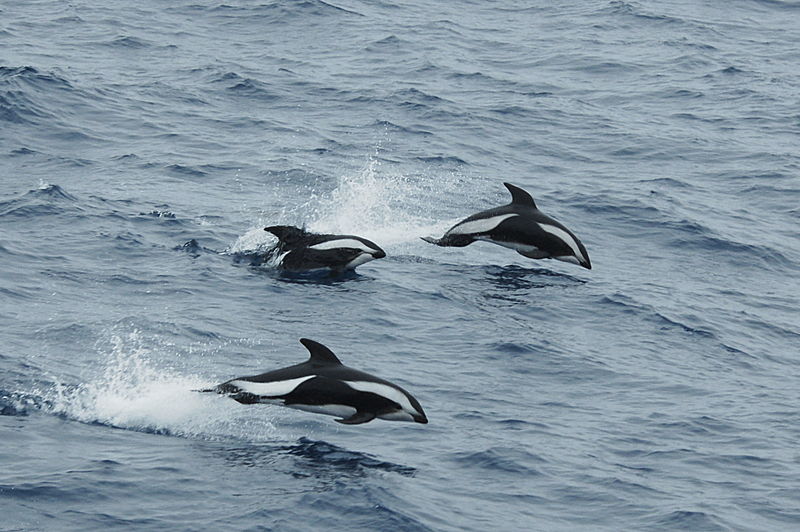
The Hourglass Dolphin is one of the smallest dolphins in the Delphinidae family and it’s native to the freezing waters of the Antarctic and Sub-Antarctic region.
This extremely beautiful and remarkably fast dolphin is rarely ever seen. Consequently, not much is known about it to date. And despite decades of intense whaling and fishing in the Southern Ocean, just three individuals have been caught so far.
The hourglass dolphin has a black, compact shape with white and sometimes dark gray patterns on its body. Because of this coloration, it was called the “sea cow” during the whaling era. The arrangement of the white patterns on the body gives it an hourglass appearance: hence the name.
It is easily identified by its relatively tall and curved dorsal fin.
The IUCN lists this dolphin as a Least Concern species.
1) Scientific Name
Lagenorhynchus Cruciger
2) Scientific Classification:
- Kingdom: Animalia
- Phylum: Chordata
- Class: Mammalia
- Order: Artiodactyla
- Family:Delphinidae
- Genus: Lagenorhynchus
- Species: Lagenorhynchus Cruciger
3) Life Expectancy
Unknown
4) Average/Maximum Length
A fully grown adult is about 1.8 meters (5.9 feet) in length.
5) Average/Maximum Weight
Adults weigh between 90 and 120 kg (200 and 260 lbs.). Though the information is not confirmed, females may be larger than the males of the species.
6) Maximum Swimming Speed
They can swim up to 22 km/h, and are they are avid bowriders. Also, they often approach and catch up with very fast moving boats out in the ocean.
7) Interaction With/Danger To Humans
Luckily for this dolphin, because of its remote habitat human activities don’t affect their population that much yet.
8) Reproduction Details
There are no confirmed sightings of calves to date.
9) Diet/Hunting Pattern of The Hourglass Dolphin
Hourglass dolphins are social animals typically moving in groups of up to 10 individuals. The International Whaling Commission (IWC) once reported seeing a pod of 60 individuals. In addition, there are unconfirmed reports of up to 100 dolphins traveling together.
Probably this habit of traveling and staying in groups may help them hunt better. They share their feeding grounds with other much larger cetaceans like the sei whale and the pilot whale. Other species they feed with include the common bottlenose dolphin, minke whales, and southern right whale dolphins.
They also keep the company of fin whales. Because of this common association, whalers often used the hourglass dolphins as “look-outs” when hunting whales.
Same as other species of dolphins, they use echolocation to find prey. They eat squid, crustaceans, and small fish.
During the whaling era, hunters would use sightings of the Hourglass Dolphins to detect where whales were swimming.
10) Alternative Names
- Southern White-Sided Dolphin
- Wilson’s Dolphin
11) Population And Conservation Status
The hourglass dolphin enjoys the protection of the MOU for the Conservation of Cetaceans and Their Habitats in the Pacific Islands Region (Pacific Cetaceans MOU).
Their remote habitat protects them from harmful human activities although climate change could affect them in the near future.
Estimated population size is between 140,000 and 145,000 individuals.
This cetacean is of little concern to conservationists and the IUCN lists it as Least Concern.
12) Ancestry And History
Jean René Constant Quoy and Joseph Paul Gaimard were the first people to identify the hourglass dolphin as a new species in 1824.
It is so rare that as at 2010 only 6 complete individuals and 14 partial specimens had been closely examined.
13) Distribution And Habitat
You’ll find them in remote Antarctic waters and ice packs of the South Atlantic Ocean. There are some sightings near Valparaíso (Chile), Southern New Zealand, around the South Shetland Islands, and off Tierra del Fuego (Argentina).


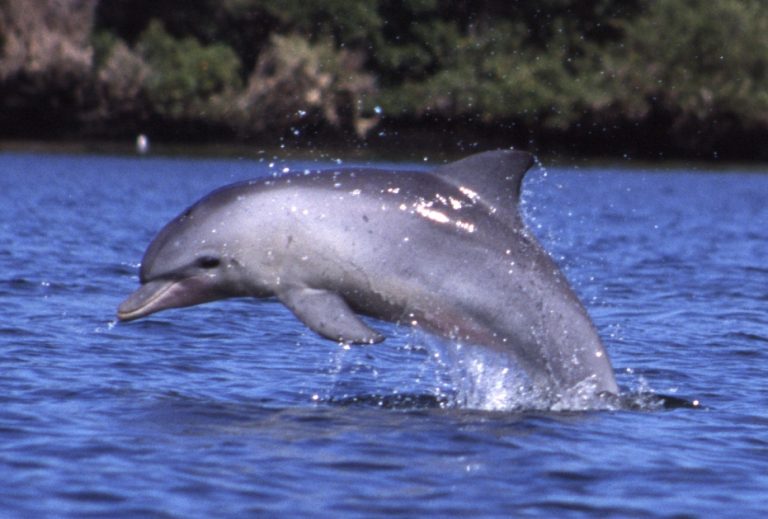
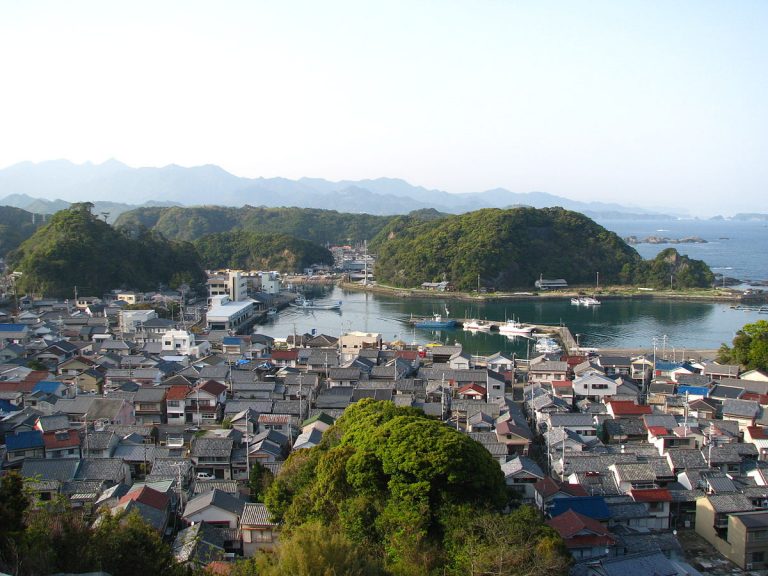

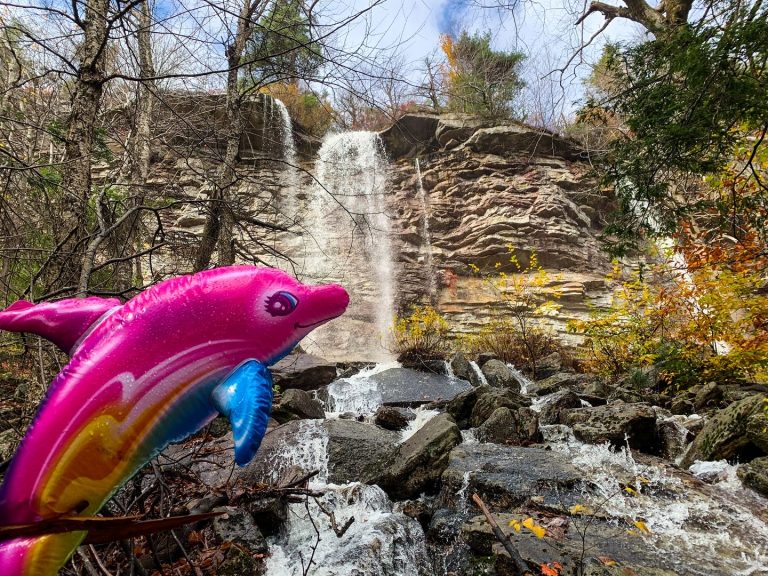
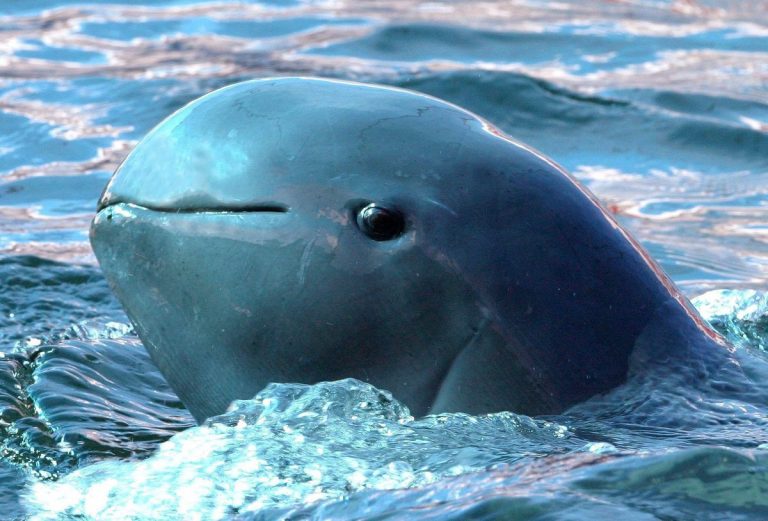
So neat especially that they travel in such large groups!